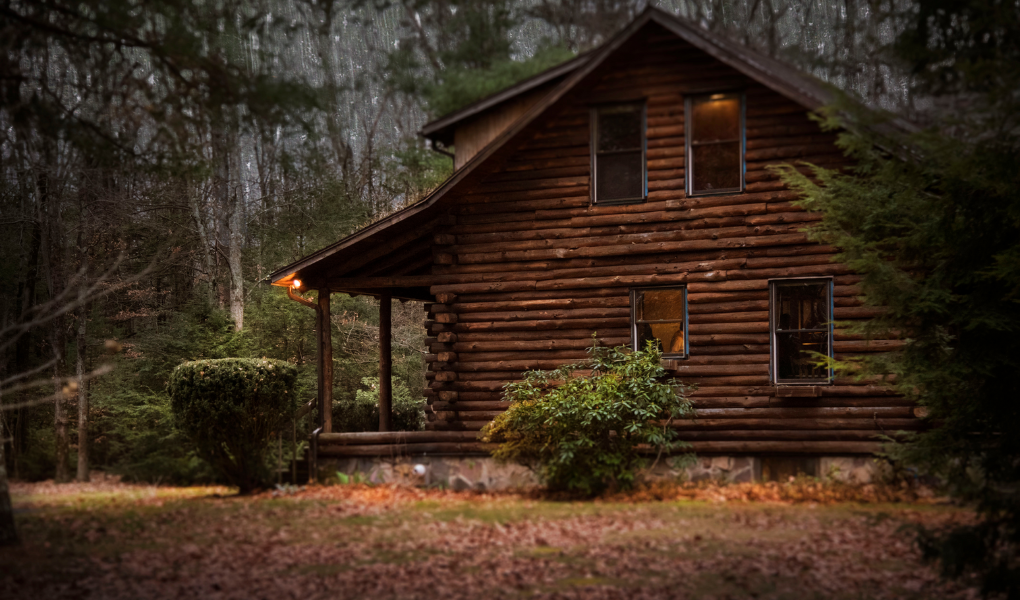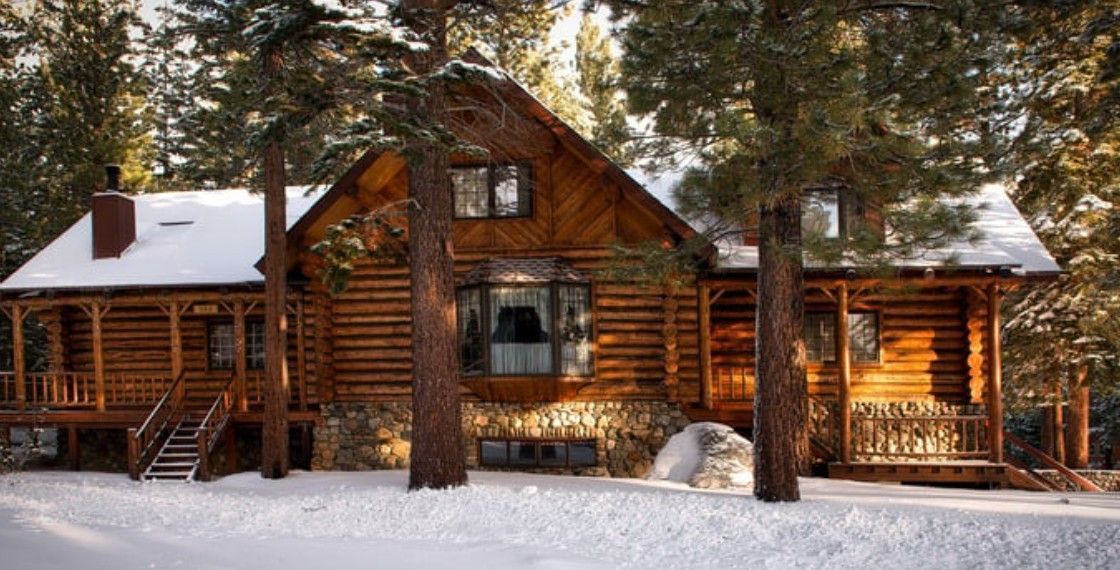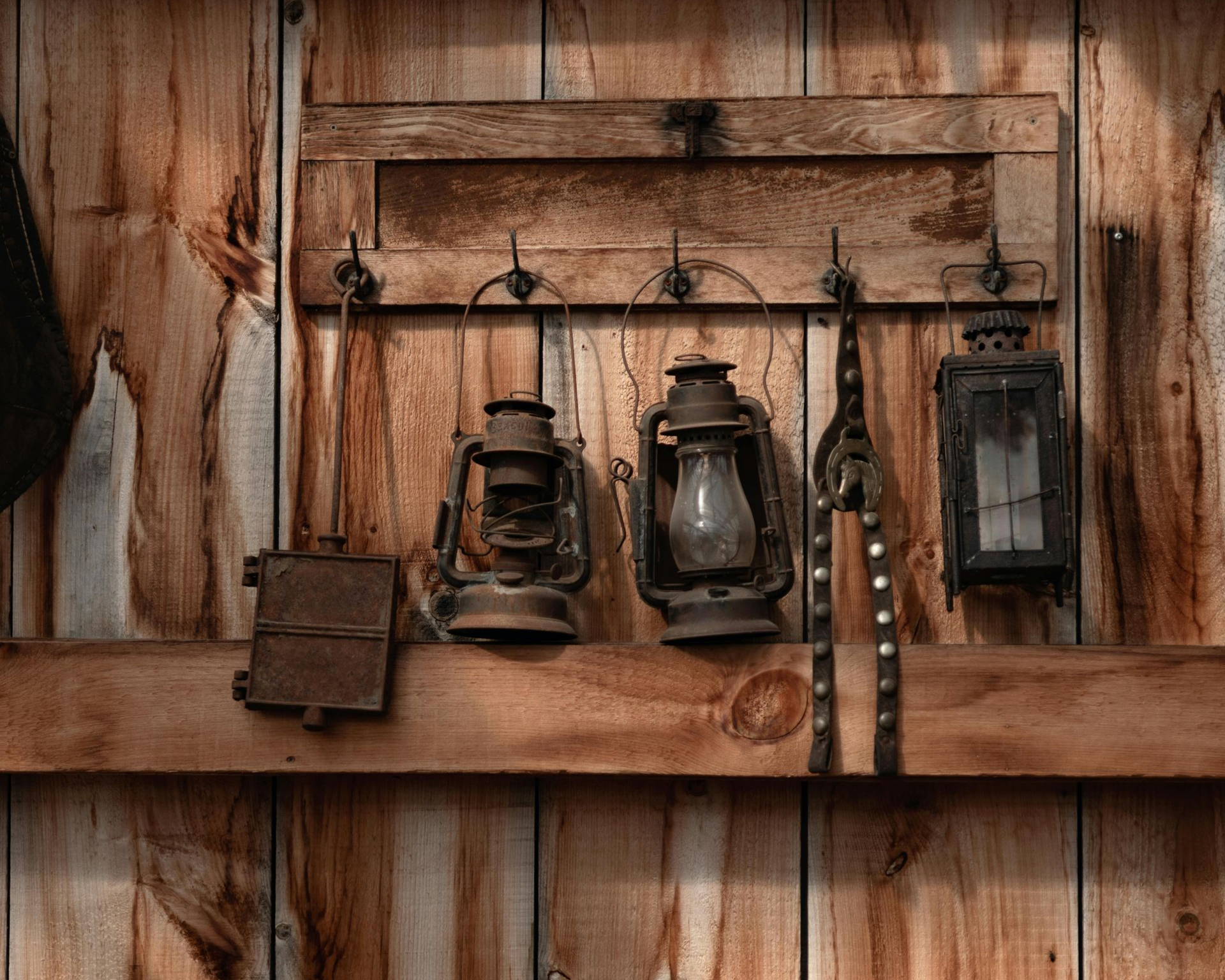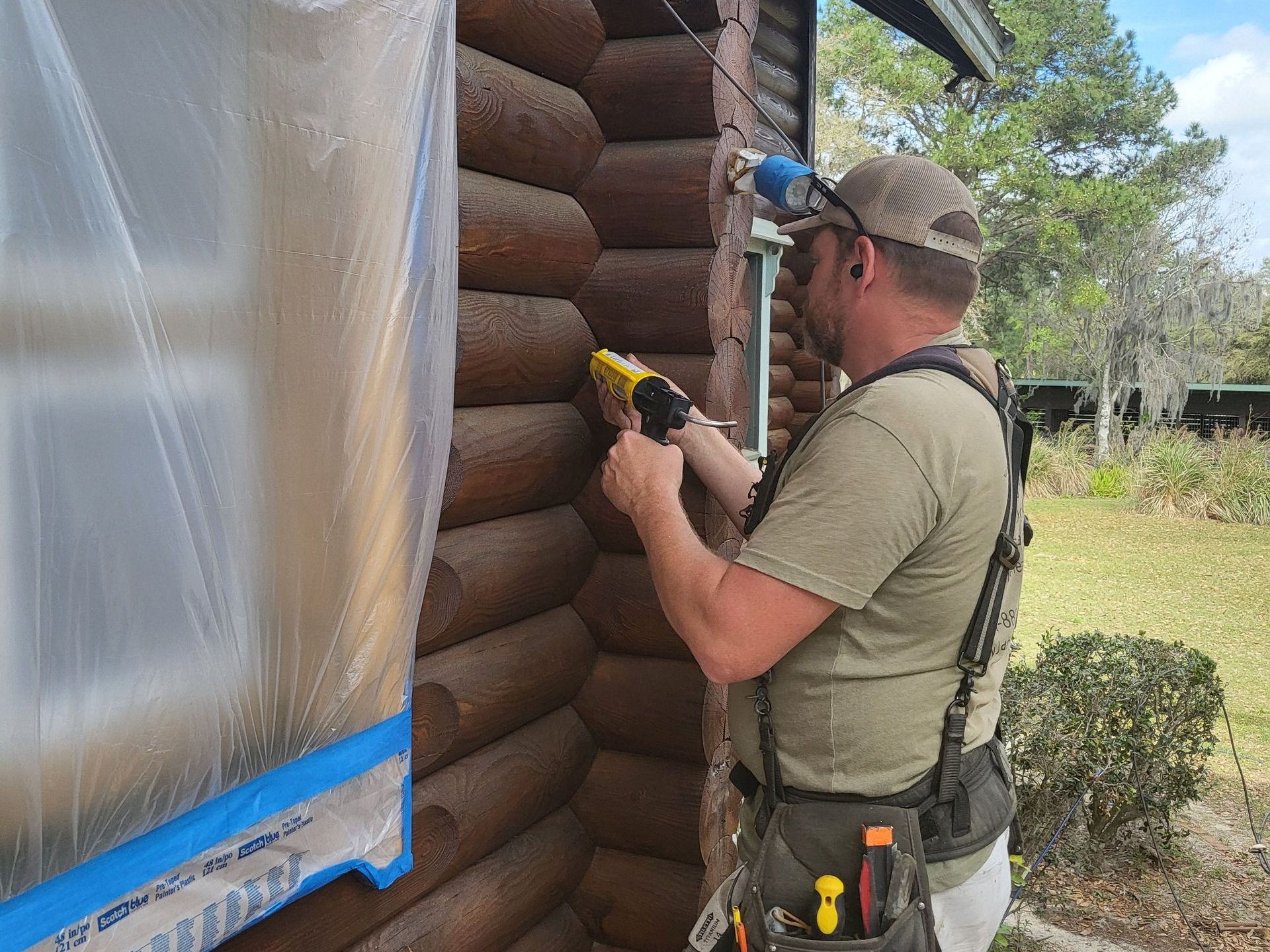The Hidden Dangers of Moisture: Why Testing Matters for Log Homes

Log cabins represent a timeless blend of craftsmanship and connection to nature. However, owning a log home comes with important responsibilities to keep its character and structure intact. Moisture is one of the most significant threats to the longevity and durability of these houses. Regular moisture testing plays a vital role in protecting your investment and preventing a cascade of hidden problems that could result in expensive repairs.
This post explores why moisture testing is so important and shares practical tips for keeping your log home in excellent condition.
Why Does Moisture Testing Matter?
Moisture can cause serious damage to your log home if it’s not properly managed. When wood absorbs too much moisture, it can swell, decay, and become vulnerable to mold and pests. On the other hand, excessively dry logs can crack, undermining the structural integrity of your home. Monitoring moisture levels helps you address these risks before they worsen, keeping your home safe and sound.
Signs of Excessive Moisture
Watch out for the following signs, which might indicate a moisture problem in your log cabin:
- Dark Stains on the wood, particularly near joints or seams.
- Mold Growth in damp or shaded areas.
- Soft or Spongey Texture in the logs, signaling potential rot.
- Cracked Chinking, which allows water to seep into the logs.
Early detection through testing is key to mitigating these issues before they escalate.
Cost of Ignoring Moisture Problems
Failing to address moisture issues can lead to problems that require costly repairs. Damaged insulation, structural rot, and infestations are just a few examples of what could happen. Investing in moisture testing and maintenance now can save you thousands of dollars in restoration costs later.
Essential Care Tips to Prevent Moisture Damage
Taking preventative steps is the best way to protect your log home from moisture-related issues. Here's how to care for your cabin effectively:
- Schedule Regular Inspections
- Walk around your cabin at least twice a year to spot signs of damage, such as dark stains, mold, or softened wood.
- Pay attention to common problem areas like window sills, door frames, and the base of your walls.
- Use a moisture meter to check moisture levels. Aim to keep readings between 12% and 19% to avoid problems.
- Maintain Proper Sealing
- A good sealant acts as a protective layer, keeping moisture away from the wood. Reapply every 3–5 years.
- Use sealants made specifically for log homes, as they work best with wood.
- Before applying, clean the logs with a suitable cleaner to help the sealant adhere fully.
- Improve Ventilation
- Adequate air circulation inside and outside your log home is essential for preventing moisture buildup.
- Place dehumidifiers in damp areas, especially during the rainy season or in humid climates.
- Keep vents clear of debris so air can flow freely.
- Pressure Wash with Care
- Routine pressure washing removes dirt, mildew, and mold from your cabin’s exterior. However, it has to be done right to avoid forcing moisture into the wood.
- Use a low-pressure setting and a fan-tip nozzle to minimize the risk of damage.
- Always allow the logs to dry completely before applying any stains or sealants.
- Address Drainage Issues
- Poor drainage can direct water toward your logs, especially near the cabin's foundation.
- Grade the land surrounding your home so water flows away from it.
- Clean your gutters and downspouts regularly to keep water from overflowing onto your logs.
- Monitor Overhanging Foliage
- Branches and shrubs near your cabin trap moisture, which promotes mold growth.
- Trim foliage at least two feet away from the walls.
- Consider installing gravel or creating drainage paths to help keep the foundation dry.
The Benefits of Proactive Maintenance
Taking a proactive approach to moisture management offers many long-term advantages, including:
- Strengthening Your Home's Durability: Regular care adds years to your log home’s life.
- Saving Money on Repairs: Preventative measures eliminate costly, last-minute fixes.
- Better Insulation: Sealed logs help your home stay warmer in winter and cooler in summer.
- Creating a Healthier Space: Controlling moisture reduces the chance of mold, improving air quality inside your home.
Protecting Your Log Home for the Future
Owning a log cabin is about more than having a home; it’s about preserving a legacy of craftsmanship and beauty. By staying on top of maintenance and moisture control, you can enjoy a cozy, comfortable space that stands the test of time.
Keep an eye out for early signs of trouble, work regular inspections into your routine, and consult experts if you encounter issues you’re unsure how to manage. With the correct care and attention, your log home will remain a cherished retreat for generations to come.
FAQs
How often should I test the moisture levels in my log home?
It’s a good idea to test moisture levels at least twice a year, especially during seasonal changes when humidity can fluctuate. Regular testing helps catch potential issues early, allowing you to address them before they cause significant damage.
What moisture level is safe for the logs in my home?
Aim for moisture readings between 12% and 19%. Levels higher than this could lead to problems like mold, rot, or pest infestations, while excessively dry logs could crack and weaken your home’s structure.











